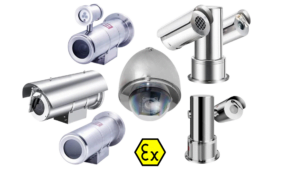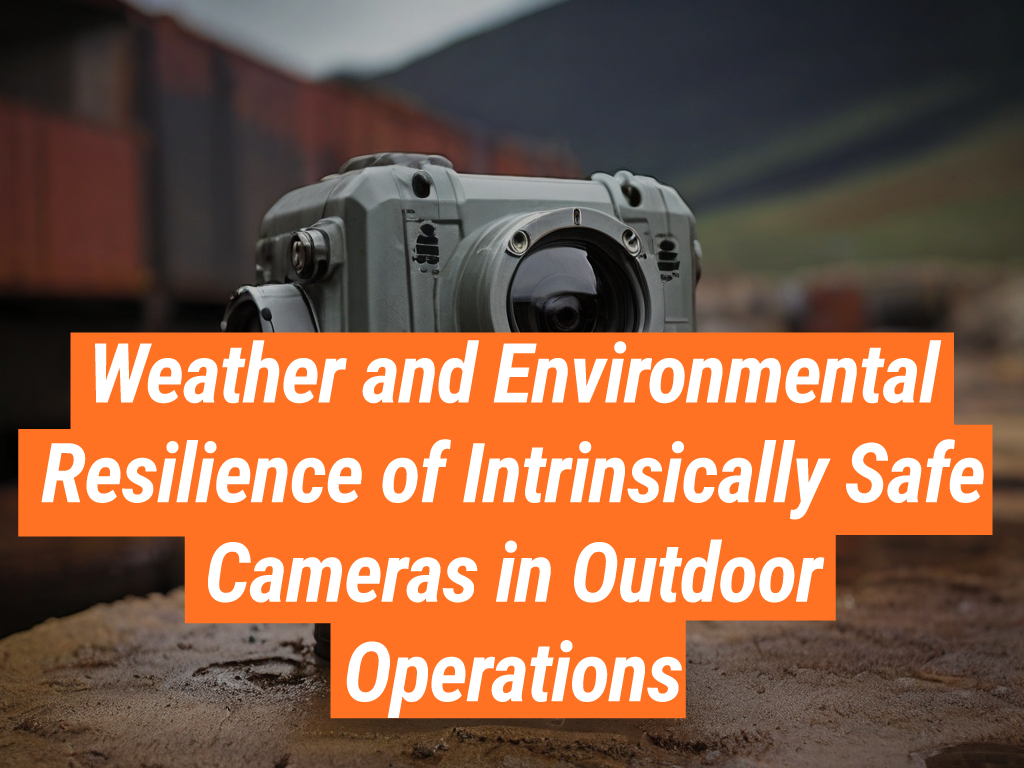As the world becomes increasingly digital, the demand for robust and reliable technology in challenging environments has never been higher. One such technology is the intrinsically safe camera, a device designed to operate safely in hazardous areas where traditional cameras may fail. In this article, we will explore the weather and environmental resilience of these cameras, particularly in outdoor operations. Intrinsically Safe Store, is a leading provider of intrinsically safe products. We encourage you to visit our website to learn more about our offerings.
Understanding Intrinsically Safe Cameras
Designers create intrinsically safe cameras to function in hazardous environments without sparking or generating heat that could ignite flammable or explosive materials. Industries such as oil and gas, mining, and chemical processing frequently use these cameras. They are designed to endure harsh weather conditions and environmental challenges, which makes them perfect for outdoor operations.
Weather Resilience of Intrinsically Safe Cameras
One of the key features of intrinsically safe cameras is their ability to withstand extreme weather conditions. Designers have designed these cameras to operate in a wide range of temperatures, from freezing cold to scorching heat. They are also built to resist water and dust, making them suitable for use in rainy or dusty environments.
- Temperature Resistance: Designers create intrinsically safe cameras to operate in temperatures ranging from -20°C to +50°C. This makes them suitable for use in a wide range of climates, from the freezing cold of the Arctic to the scorching heat of the desert.
- Water and Dust Resistance: Often, IP ratings protect these cameras against the ingress of dust and water. This makes them suitable for use in rainy or dusty environments.

Environmental Resilience of Intrinsically Safe Cameras
In addition to weather resilience, designers also make intrinsically safe cameras to withstand a variety of environmental challenges. These include exposure to corrosive materials, vibration, and shock.
- Corrosion Resistance: Manufacturers often make these cameras from materials resistant to corrosion, such as stainless steel. This suitability makes them perfect for use in environments where exposure to corrosive materials may occur.
- Vibration and Shock Resistance: Manufacturers build intrinsically safe cameras to withstand vibration and shock, making them suitable for use in environments where they may be subject to physical stress.
Case Study: Intrinsically Safe Cameras in the Oil and Gas Industry
The oil and gas industry is a prime example of an industry that benefits from the use of intrinsically safe cameras. These cameras are used to monitor operations, inspect equipment, and ensure safety in hazardous areas. A study by the American Petroleum Institute found that the use of intrinsically safe cameras reduced the risk of accidents in the oil and gas industry by up to 60%.
Vital Tools for Hazardous Environments: Intrinsically Safe Cameras
Intrinsically safe cameras are a vital tool for industries operating in hazardous environments. Their weather and environmental resilience make them ideal for outdoor operations, ensuring safety and reliability in even the most challenging conditions. Intrinsically Safe Store offers a wide range of intrinsically safe cameras designed to meet these needs. We encourage you to contact us to learn more about how these cameras can benefit your operations.


